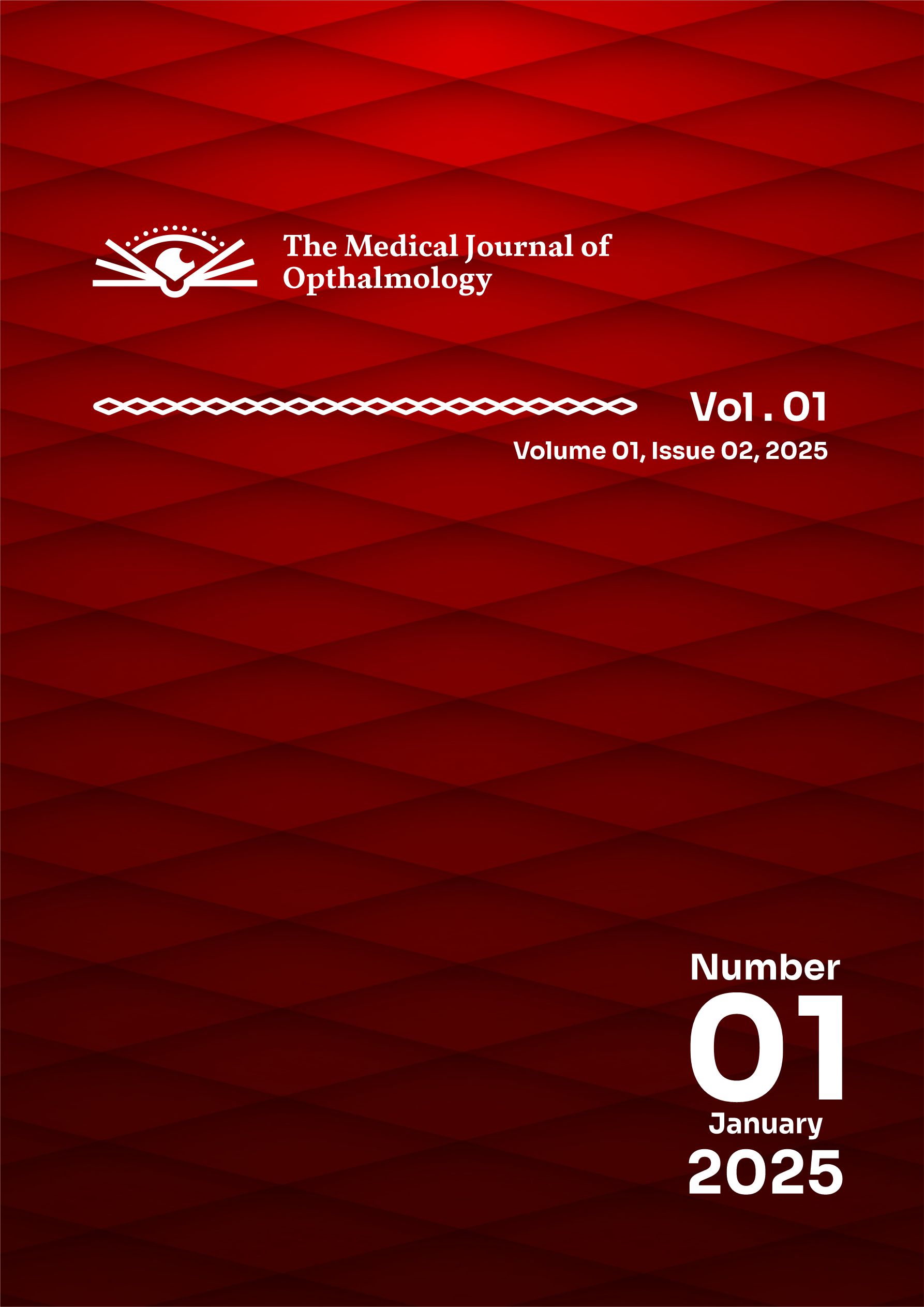Intra-Arterial Chemotherapy For Retinoblastoma
Main Article Content
Abstract
Background: The diagnostic accuracy of the Amsler grid test for detecting neovascular age-related macular degeneration (nAMD) has been a subject of considerable research, revealing both its utility and limitations. Literature Review: Subsequent research, including a comprehensive update by Zanaty et al. (Zanaty et al., 2014), underscored the growing adoption of IAC as a first-line treatment for advanced retinoblastoma, particularly in cases where systemic chemotherapy has failed. This shift reflects an increasing recognition of the need for accurate diagnosis and staging, which are essential for effective management (Zanaty et al., 2014). Case studies, such as those by Jiang et al. (Jiang et al., 2021), demonstrated the successful application of IAC in very low birthweight infants, indicating its versatility and potential for broader application in younger populations (Jiang et al., 2021). Liang et al. (Liang et al., 2022) further reinforced the role of IAC as a primary treatment for advanced unilateral retinoblastoma, showcasing its efficacy in increasing drug exposure while minimizing systemic side effects (Liang et al., 2022). Tangella's (Vardhan Tangella, 2023) comprehensive review highlighted the established effectiveness of IAC in high-grade retinoblastoma while cautioning about the persistent risk of micrometastases, emphasizing the necessity for vigilant monitoring and management (Vardhan Tangella, 2023). Conclusion: In conclusion, the literature on intra-arterial chemotherapy for retinoblastoma reflects a dynamic landscape marked by promising outcomes and ongoing challenges. The evolution of IAC as a treatment modality highlights its potential to improve patient outcomes, particularly in preserving ocular structures and minimizing systemic toxicity. However, the need for continued research to address the limitations and optimize treatment strategies remains paramount. As the field progresses, the integration of IAC into comprehensive treatment plans that consider individual patient circumstances will be essential for achieving the

